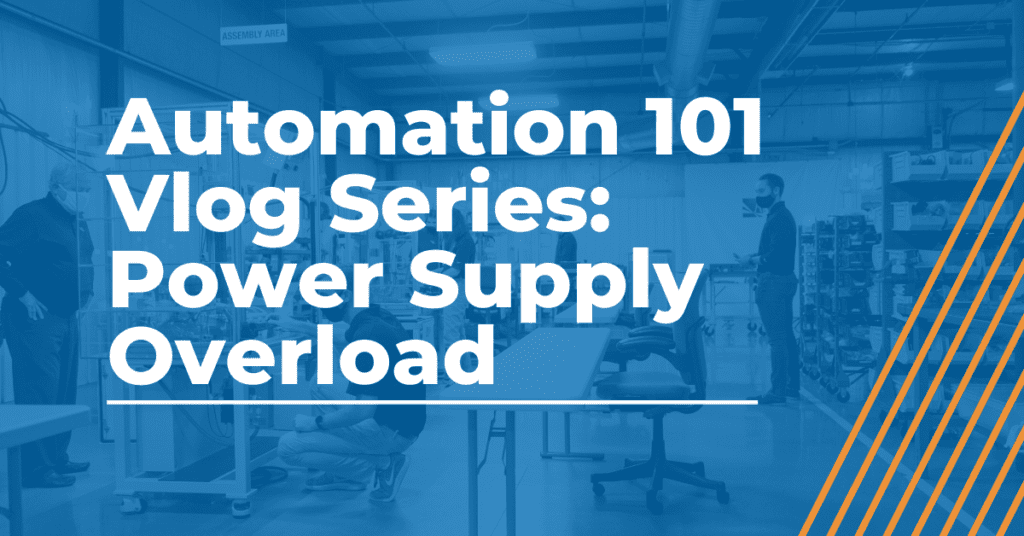
Automation 101: Power Supply Overload
Learn how to diagnose a power supply overload condition on your ultrasonic welder. AMS has decades of experience in ultrasonic plastic welding machines. Ultrasonic welding of plastic materials creates a molecular bond within the weld joint when vibration at high frequency is introduced into plastic under force.
Transcription
Okay good morning, this is a quick video on power supply and overloads. We’ve been getting lots of calls recently about what happens when my power supply gives an overload error. So, first of all, there are two types of overloads conditions in ultrasonic welding. The first type of overload is an overload that occurs in the first fifty to a hundred milliseconds, and that typically, is something wrong with the stack assembling similar to the last video we shot. The converter booster horn and typically in something where the stock is come lose a component is loose, the horde is loose from the booster or the converter boost is loose from the top of the booster. It could be a crack in the stud at the interface, so the condition when you get an overload is to take the whole stack assembly apart, replace the studs at the interface torque things properly put it back into the system, hit the test button, and if that overload condition, goes away, then you’ve found something wrong in the stack component. You put the stock back together and you’re in good shape. The other type of overloaded ultrasonic sonics is the true power supply overload that takes place when you have either too much force or too much weld time for the actual part you’re welding. If you look at the power consumption curve, it gets very steep at the end and it draws more power than is available in the power supply. So two distinctly different types of overloads and two different ways to identify which power supply overload you’re dealing with. Hopefully, that helps.
Thank you for reading!
